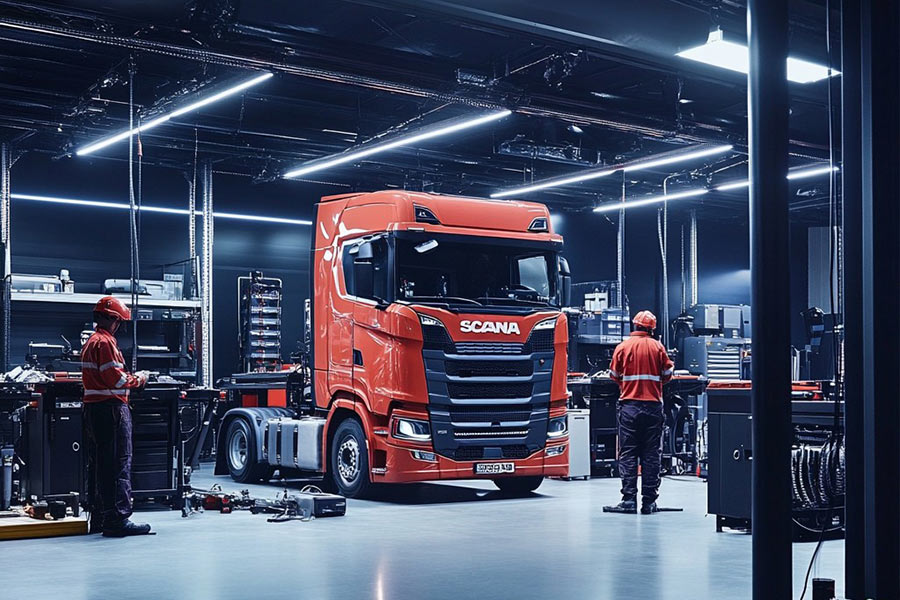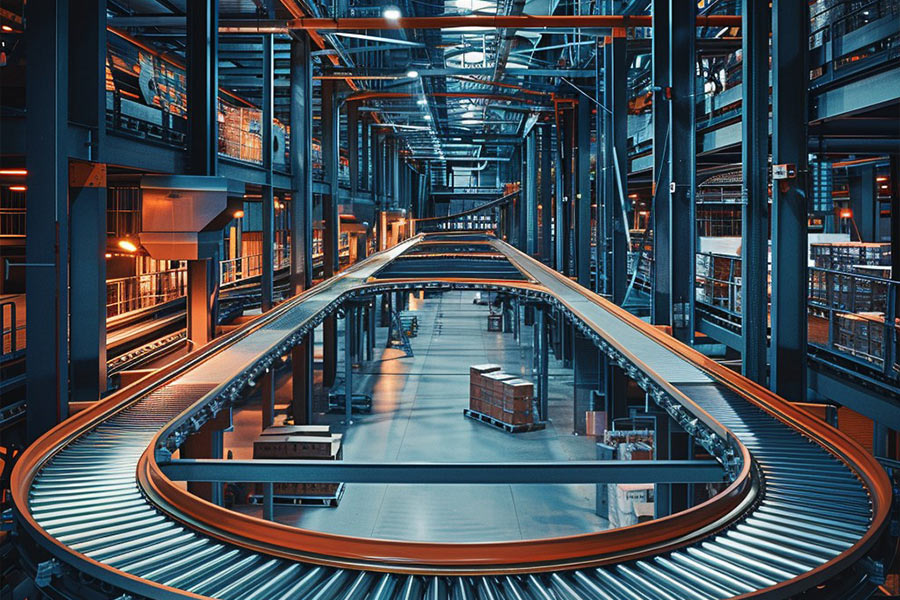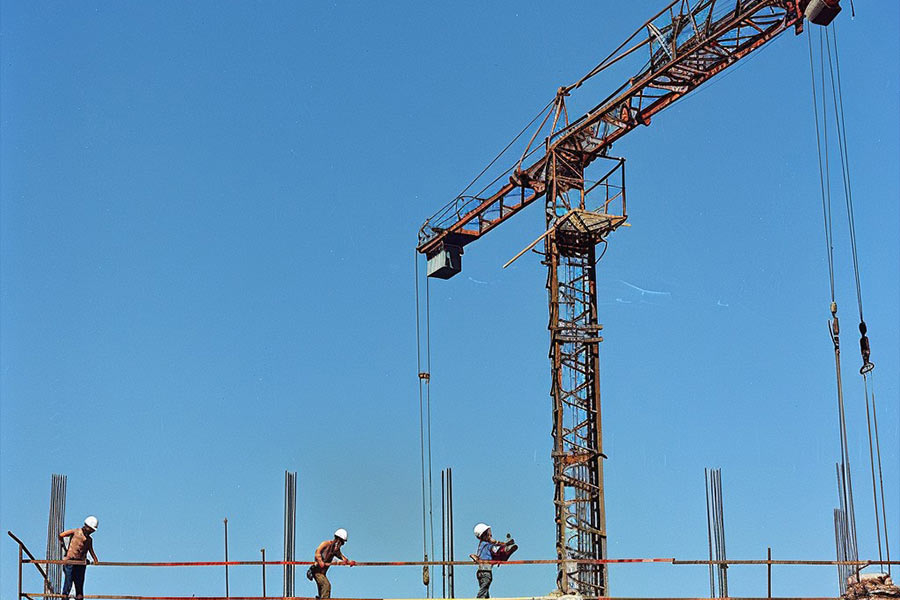Time & Attendance
- Home |
- Time & Attendance
Download

Time & Attendance
Time and attendance refers to the processes and systems used by organizations to track and manage employee work hours, attendance, and related data. This includes recording when employees clock in and out, monitoring absences, and calculating hours worked for payroll purposes. Effective time and attendance management is crucial for optimizing workforce productivity, ensuring compliance with labor laws, and maintaining accurate payroll records.
Personnel access control
The access control system requires scanning of the personnel plus processing of the scanned records. The scanning can be achieved with more than one recording device. It is important to consider what the most effective method would be that is easiest to understand and manage by management and the technical personnel.
The choices are to use fingerprint readers, cameras or radio frequency id (RFID) devices. The advantages of each of these are:
- Fingerprints facial recognition
This technology has advanced a lot over time and is very reliable and easy to use. Cannot lose your “card” or ask your buddy to log you in. There can be spare readers that can be swapped out in the event of a malfunction.
- Camera:
Can be used to read a QR code on a tag or on a phone. It is possible to link a network of cameras to a server to do the processing. The dependency on a phone or card means that the read cannot be done. It is easy to mix and match with security cameras on the same network.
- RFID technology:
Readers are more expensive than the previous options. Cards used by personnel can be scanned on a tap n go basis. Technology is reliable. Cards left at home, not so easy to replace.
- Processing the scanned transactions:
The scanning and time and attendance software will be handled by the OCTO directly. The rules in the system will work out arrival, departure, lateness, overtime and interfacing to personnel and wages accounting systems as required. The OCTO use a system of shift or duty parameters which is linked to an employee. When the arrival clock time is recorded the shift planning is used to define the status related to lateness, overtime etc.
Access control can be added by adding a local controller to the network of readers that will apply real-time rules to open a gate when a legitimate request is received.
Field personnel management
Tasks assigned to the personnel are interfaced to their mobile phones or tablet, if they use one. The scheduled task can be accepted or rejected by the person allocated. If the person cannot accept the task, the OCTO will schedule the task to the next available qualifier.
If it is important to make an appointment with the customer, the OCTO will provide the contact details on the phone of the person assigned to assist with the effectivity of getting the appointment finalised.
In the event that these tasks are managed by an external system, the OCTO will download the requirements and due dates to the external mechanism and process any feedback received from there.
The primary components of a time and attendance system include time tracking, attendance monitoring, leave management, and reporting. Time tracking records employee hours, including start and end times and breaks. Attendance monitoring focuses on tracking employee presence and absenteeism. Leave management allows employees to request time off, while reporting features provide insights into attendance trends and labor costs. Together, these components create a comprehensive view of workforce dynamics.
Organizations employ various methods to track time and attendance, ranging from traditional punch clocks to modern digital solutions. Biometric systems, such as fingerprint or facial recognition, offer secure identification, while mobile apps enable remote logging for field workers. Web-based platforms allow employees to clock in from any device with internet access. These diverse methods cater to different work environments and employee needs, ensuring accurate timekeeping.
Implementing a robust Time and Attendance system provides numerous benefits. Accurate tracking reduces errors in payroll processing, ensuring employees are compensated correctly. Improved attendance monitoring helps identify patterns of absenteeism or tardiness, enabling proactive management.
Time and Attendance systems also play a vital role in ensuring compliance with labor regulations. By maintaining accurate records of hours worked and attendance patterns, organizations can avoid legal issues related to wage and hour laws. Reporting features allow managers to analyze attendance trends, labor costs, and employee productivity, supporting informed decision-making and effective workforce planning.

Customer Benefits
Customers appreciate products or services that are tailored to their individual needs.
- Sustainability for a better planet.
- Time and cost savings for efficiency.
- Quality Health Insurance and Care
What is Time & Attendance ?
Time and attendance refers to the processes and systems used by organizations to track and manage employee work hours, attendance, and related data. This includes recording when employees clock in and out, monitoring absences, and calculating hours worked for payroll purposes. Effective time and attendance management is crucial for optimizing workforce productivity, ensuring compliance with labor laws, and maintaining accurate payroll records.
What is the purpose of Time & Attendance ?
The purpose of time and attendance systems is to effectively manage and track employee work hours, attendance, and related data
How does Time & Attendance work ?
Time and attendance systems work by systematically tracking and managing employee work hours and attendance data through various processes and technologies.






